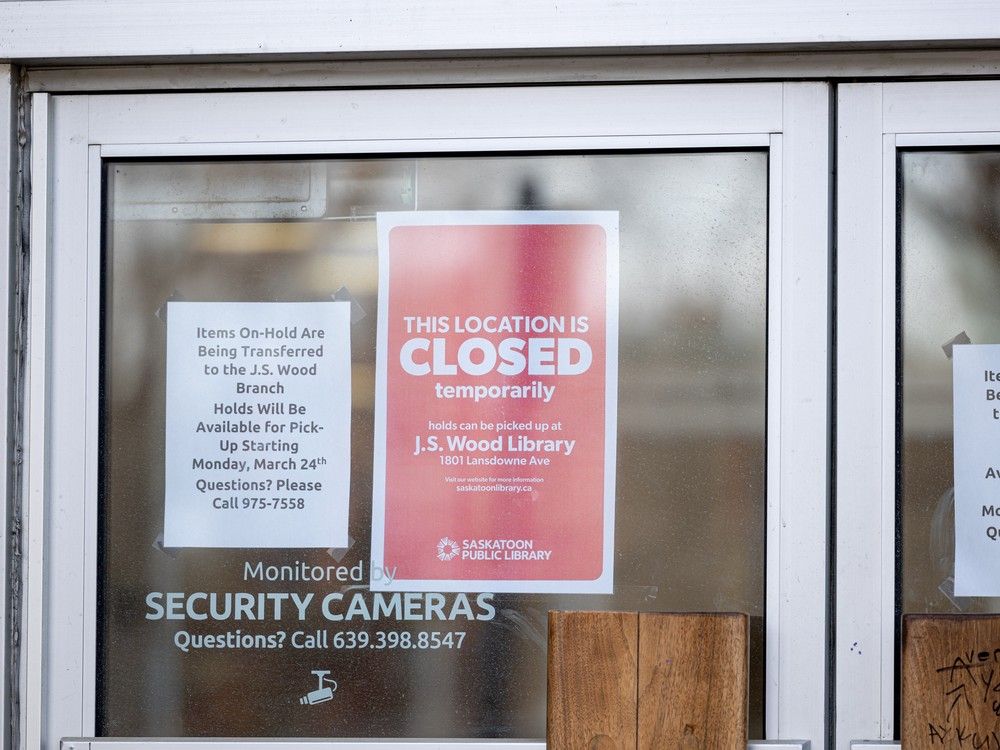MAZEPPA, Minn. — A southeast Minnesota flower farm has inspired a new bill that would officially recognize floriculture as an agricultural product under Minnesota law. The bill, Senate File 2626 , by Minnesota Senator Steve Drazkowski, R-Mazeppa, and co-authored by Senator Aric Putnam , D-St.
Cloud, received its first hearing on April 3 in the Senate Taxes Committee. It aims to make small flower farms like Bleed Heart Floral Farm and Design in Mazeppa eligible for agricultural classification, and bring tax relief and regulatory clarity to a growing number of Minnesota flower farmers. ADVERTISEMENT “This is about fairness,” Drazkowski said.

“Flower farmers are working the land, generating the income their families need to survive, and supporting our local economies. They’re farmers in every sense of the word, and the law should reflect that.” Bleed Heart Floral, owned by Allie Kuppenbender and her husband, Tony Lent, grow cut flowers for wholesale, community supported agriculture subscriptions and for events.
The operation exists on 14 acres of rolling farmland in Wabasha County with flowers raised on only about two of those acres. Despite bringing in over $50,000 per acre last season, because flowers aren’t specifically named in state law as an agricultural product, the land is taxed as residential, leading to higher property taxes and steep permitting costs for basic farm structures. “We may be small, but there is serious interest in local flowers, with demand often outpacing supply,” Kuppenbender said as she testified in the April 3 tax committee hearing.
“This is not a hobby or a backyard garden. It is my family’s main source of income." For the couple, who have two children — Otto, 4, and Aurora, 6 months — margins are tight as they have actively invested their profits from the operation into building the farm's infrastructure.
"This change would make a big difference for myself, my family, and other flower farmers," she said. The business, which began in 2020, quickly found its niche during the pandemic as a wholesale seller to floral shops and its CSA subscription of weekly bouquets which Kuppenbender said was a "huge hit" from the get-go. The couple purchased 10 acres from their neighbors in March of last year, in hopes to achieve agricultural homestead classification.
ADVERTISEMENT A letter two months later from the Minnesota Department of Revenue stated otherwise, referencing a specific statute that defines agricultural products as "livestock, dairy animals, dairy products, poultry and poultry products fur-bearing animals, horticultural and nursery stock, fruits of all kinds, vegetables, forage, grains, bees, and apiary products by the owner." According to the Department of Revenue, nursery stock is defined as "a plant intended for planting or propagation, including but not limited to, trees, shrubs, perennials, biennials, grafts, cuttings, and buds that may be sold for propagation, whether cultivated or wild, and all viable parts of these plants." It does not include cut material such as flowers, which didn't make sense to Kuppenbender.
"We're growing an ag product for market, and the USDA defines cut flowers, or floriculture as a specialty crop. I've gotten FSA funding before, so it really seemed like we were eligible," she said. They appealed last summer to the Wabasha County Board of Commissioners, which has the ability to override the classification status, but they denied the appeal and cited the Minnesota Department of Revenue's explicit definition of agricultural products.
The couple has since spent several thousand dollars in taxes and inspection fees on newer structure to the farm, which they wouldn't have been required to pay through an agricultural zoning. "Because we're not zoned agricultural but zoned residential, any structure that we put up that's bigger than 200 square feet has to have a land use permit and or building permit, and go through Minnesota state building inspection," Kuppenbender said. "Our hoop houses have to go through a building inspection, even though they're impermanent structures, there's no foundation, and they're very, very clearly used explicitly for the purposes of agriculture.
" ADVERTISEMENT After reaching out to Drazkowski, he felt the issue coincided with Putnam's bill — SF1498 — which modifies the definition of agricultural land for property tax classification purposes in Minnesota, specifically expanding the ways small parcels of land can qualify for agricultural classification. The bill introduces new criteria for parcels less than 11 acres to be classified as agricultural land, particularly for market farming. "They were able to fast track this bill to get it heard this year," Kuppenbender said.
After speaking out on the issue, Kuppenbender said she's heard from other small farms who have ran into similar issues, most of which are operated by young farmers. "This is what everyone's talking about, young farmers. We need young farmers to get into agriculture.
The average age of a farmer is in their 60s, and they're not going to be around for forever," Kuppenbender said. "The barriers to farming are already very high. Land access is already really high.
Just the cost of adding infrastructure is really high." "Making it so farms like myself, beginning farmers, first generation farmers, have the benefits that bigger farms, or more established farms, or farms growing commodity crops have every day," she said. "It seems like the county thinks that we want them to make a special exception, or it's a slippery slope if they do something for me, then everyone else growing flowers in their backyard will ask for an ag exemption.
That's really not the case. We made over $50,000 per acre last season. We're a legitimate farm business.
We deserve these benefits." The bipartisan bill reflects broader efforts to change how Minnesota defines small and diversified farming. Drazkowski and Putnam continue to work on additional language to ensure farms under 15 acres that demonstrate production and profit can qualify.
ADVERTISEMENT The bill, which would take effect for taxes payable in 2027, was laid over and will be considered for a larger tax bill later in session..
Politics

Flower farm inspires legislation to change Minnesota agricultural product definition

Bleed Heart Floral Farm and Design does not qualify for agricultural zoning because flowers aren’t specifically named in state law as an agricultural product.















